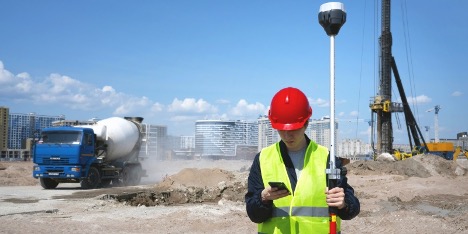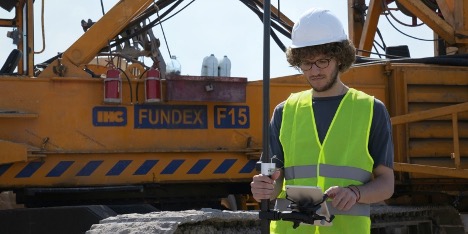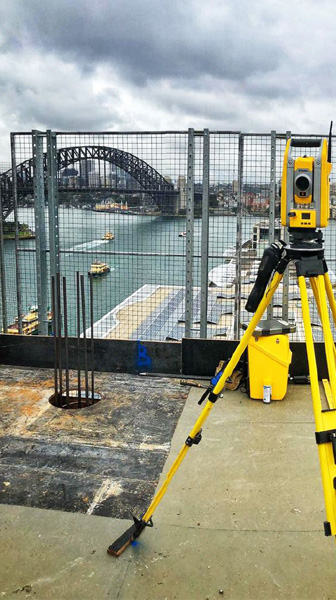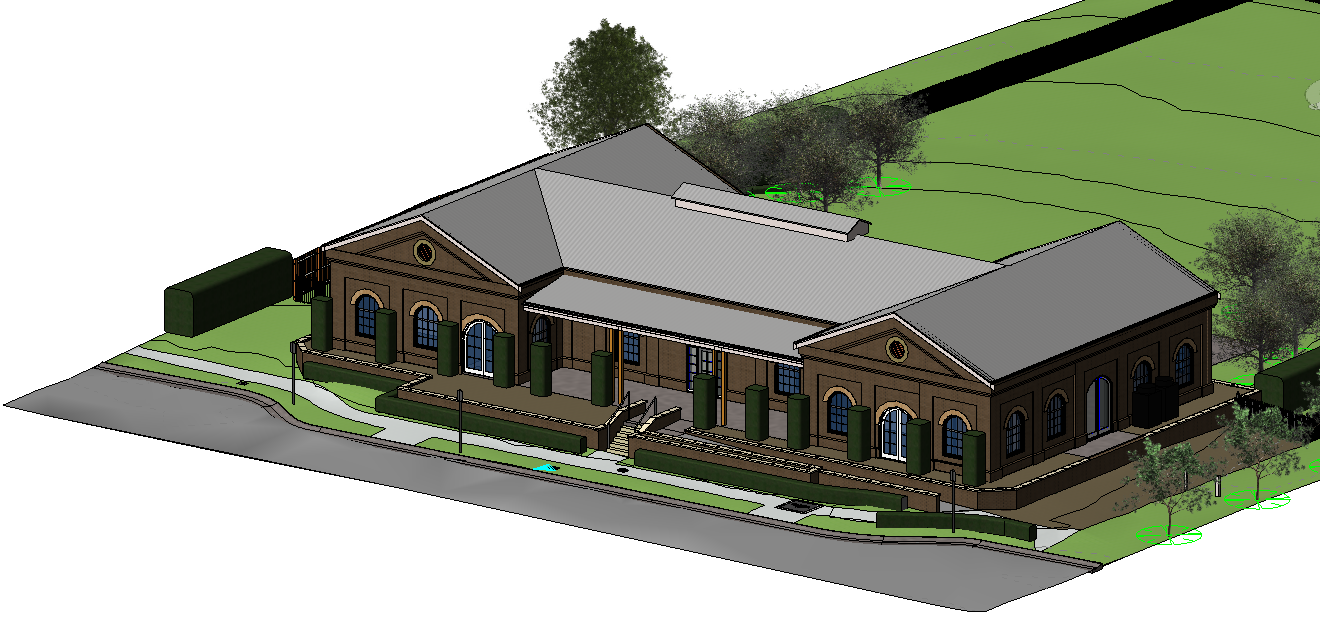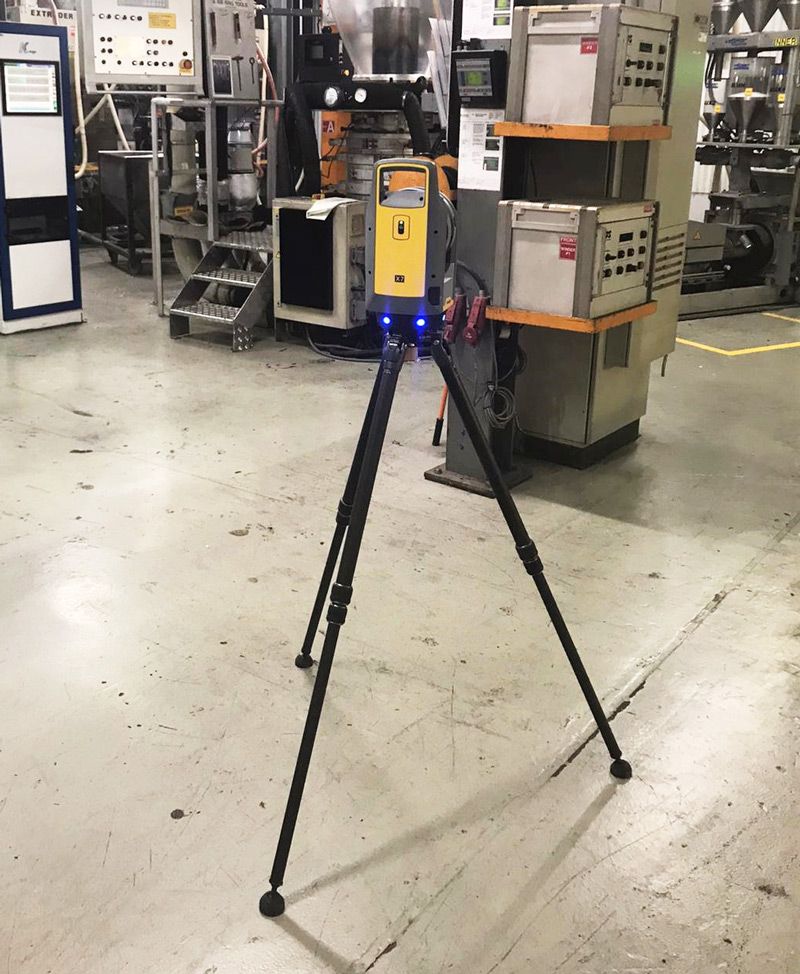3D technology has revolutionised various industries, from entertainment to engineering. As technology continues to evolve, it’s essential to understand both its advantages and disadvantages.
Advantages of 3D Technology
1. Enhanced Visualisation
One of the most significant benefits of 3D technology is its ability to provide enhanced visualisation. In fields like architecture and urban planning, 3D models allow professionals to visualise their projects in a detailed and realistic manner. This improved visualisation helps in identifying potential issues early in the design process.
2. Improved Precision and Accuracy
3D technology, especially in surveying, offers unparalleled precision and accuracy. Traditional surveying methods can sometimes fall short in complex terrains. However, 3D surveys in Sydney utilise advanced laser scanning and photogrammetry to capture accurate measurements, ensuring that every detail is accounted for.
3. Cost and Time Efficiency
Incorporating 3D technology can significantly reduce both time and cost. For instance, creating a 3D model of a construction site can streamline the planning and execution phases, minimising errors and reducing the need for costly rework. This efficiency extends to maintenance and inspection processes, where 3D models can quickly identify issues that need attention.
4. Versatility and Innovation
3D technology is highly versatile and can be applied across various sectors. From 3D printing in manufacturing to 3D modelling in entertainment, the possibilities are endless. This versatility fosters innovation, allowing industries to explore new solutions and improve existing processes.
Disadvantages of 3D Technology
1. High Initial Costs
Despite its numerous benefits, the initial investment in 3D technology can be high. Purchasing advanced equipment and software, along with training staff to use these tools, can be a significant financial commitment. This barrier can be particularly challenging for small businesses or startups.
2. Steep Learning Curve
Adopting 3D technology requires a certain level of expertise. The learning curve can be steep, especially for individuals unfamiliar with 3D modelling or scanning techniques. This necessity for specialised knowledge can slow down the adoption process within an organisation.
3. Technical Limitations
While 3D technology offers precision, it is not without its technical limitations. For example, in environments with poor lighting or reflective surfaces, the accuracy of 3D scanning can be compromised. Additionally, managing and processing large volumes of 3D data requires robust computational resources, which might not always be available.
4. Maintenance and Upgrades
Keeping 3D technology systems updated and well-maintained is crucial for their continued effectiveness. Regular maintenance can be costly and time-consuming. Moreover, as technology rapidly evolves, keeping up with the latest advancements requires ongoing investment.
Expert 3D Surveyors in Sydney!
At C&A Surveyors, we specialise in providing top-notch 3D surveys in Sydney. Our state-of-the-art technology and experienced team ensure that you receive accurate and reliable results for all your surveying needs. Whether it’s for construction, urban planning, or any other project, our 3D surveys offer the precision and detail required to make informed decisions.
Explore our services at C&A Surveyors and see how we can assist you in bringing your projects to life with the power of 3D technology.





